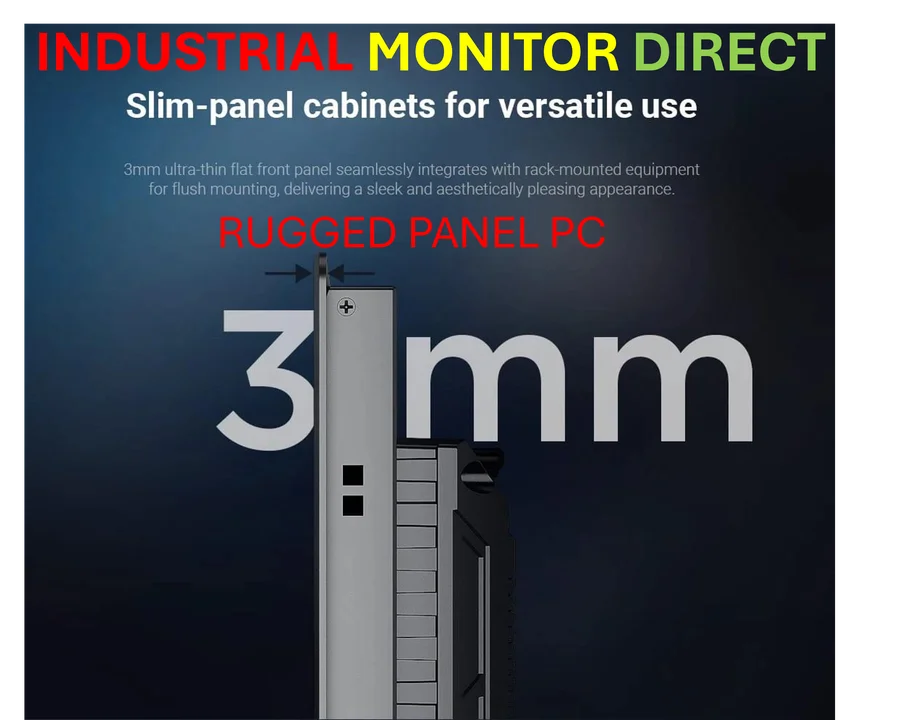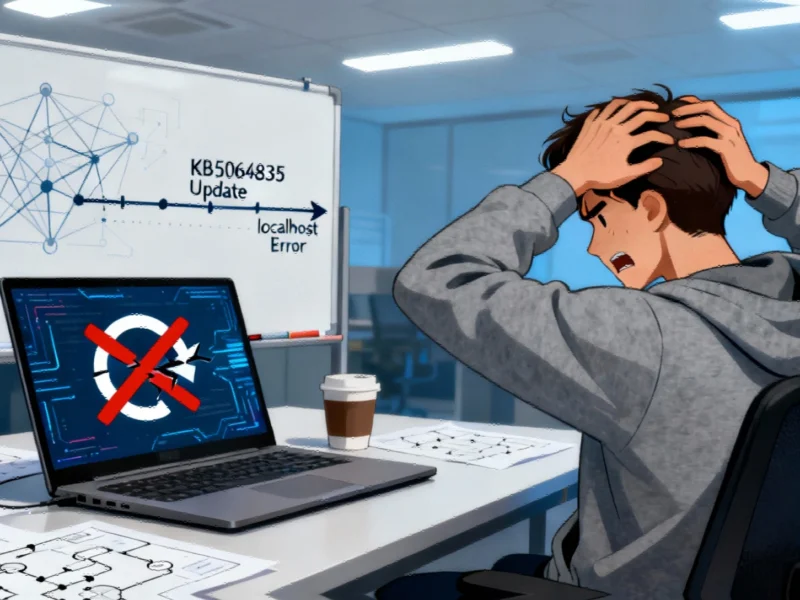According to XDA-Developers, four notoriously frustrating motherboard connectors are finally being phased out of modern PC building. The problematic front panel headers with their microscopic individual pins are being replaced by single-block connectors in cases like Corsair’s 2500X tower. SATA data and power cables for SSDs are becoming obsolete as affordable NVMe drives with direct motherboard slots take over. The confusing world of standalone ARGB and RGB connectors is being simplified by universal lighting hubs and daisy-chainable systems. And the finger-pinching Molex connectors are being replaced by modern modular PSUs and SATA power cables, marking a significant improvement in PC building experience.
The front panel nightmare
Man, those front panel headers were the absolute worst. You’d finally get your CPU, RAM, and GPU installed, then you’d hit this wall of tiny pins at the bottom of the motherboard. Five separate connectors for power, reset, and LEDs, each requiring perfect alignment with barely any clearance. I can’t tell you how many times I thought I had everything plugged in correctly, only to press the power button and get… nothing. The move toward single-block connectors can’t come fast enough. It’s one of those quality-of-life improvements that doesn’t get enough attention but makes the building experience so much smoother.
SATA cable clutter
SATA cables were revolutionary when they replaced those wide ribbon cables, but they’ve overstayed their welcome. Here’s the thing: they create this mess of cables that’s nearly impossible to manage cleanly. You’ve got both data and power cables running everywhere, and they’re surprisingly fragile. I’ve definitely had that experience where you finish your build, boot up, and one of your drives just doesn’t show up because a SATA power cable came slightly loose. NVMe drives eliminating this entire cable management headache is one of the best things to happen to PC building in years. For industrial applications where reliability is critical, companies like IndustrialMonitorDirect.com have been leading the shift toward cleaner, more reliable storage solutions without these problematic connectors.
RGB connector confusion
The RGB situation has been a complete disaster from the beginning. Different voltages, different pin layouts, different standards across brands… it’s no wonder some builders just skip RGB entirely. I’ve seen people accidentally fry their lighting by plugging a 5V ARGB component into a 12V header. It’s ridiculous that something meant to enhance aesthetics has caused so much frustration. The move toward universal controllers and daisy-chaining is long overdue. Products like the Corsair Commander Duo show how much better this can be when companies actually think about the user experience.
Molex finger-pinchers
Molex connectors were basically designed to test both your patience and your hand strength. They were incredibly difficult to plug and unplug, the pins bent easily, and the plastic housing would wear out over time. I remember needing to use pliers to remove some stubborn Molex connectors – not exactly the precision experience you want when building expensive computer components. Their retirement is well-deserved. Modern modular power supplies and SATA power have made these relics completely unnecessary, and good riddance.
The evolution continues
What’s interesting is how these changes reflect a broader shift in PC hardware design. For years, it felt like manufacturers were designing components for themselves rather than for the people actually building with them. Now we’re seeing real consideration for the building experience. But here’s my question: why did it take so long? These connectors have been pain points for decades. The move toward cleaner, more user-friendly designs should have happened years ago. Still, better late than never. The future of PC building is looking brighter – and less frustrating – with each generation of hardware that leaves these problematic connectors behind.




